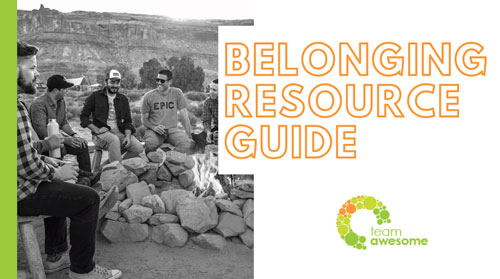I recently had the opportunity to follow a week-long ongoing discussion around the topic of failure, thanks to NEWaukee’s YP (Young Professional) Week, and the inner brain workings of the panel facilitator, Peter Welch, of Concordia University Wisconsin.
For the sessions on failure that I attended this last week, it’s worth mentioning that the discussion from the audience (generally about 30 YPs) was pensive and impactful. I would encourage anyone who is feeling down about the future of our workforce to attend and listen to just how much many Millennials care about success, failure, and their role in a better life.
Failure is a funny thing. Particularly for the Millennial generation (which I am a part of), it is common opinion that many of us were raised without the same lessons in failure or resiliency as the generations before. Yet in our workplaces, there is still not enough discussion, education or “laboratory” safe zones to encourage failure, and the resulting breakthroughs.
I have heard over and over again this week from leaders about the value of taking risks, allowing failure, and responding with grace. A panel of influential women leaders this week talked about their best and worst career moves, and all echoed that taking risks was some of the most important moves of their careers. So how do we allow for more failure, and learn from it?
A big driving force behind failure comes from fear. And fear often manifests itself as worry. Twice this came up for me this week: first in The Book of Joy by the Dalai Lama, Archbishop Desmond Tutu and Douglas Abrams, and later from a Mel Robbins tweet. In one sentence, if you have a problem and you have a solution, there is no reason to worry, and if it cannot be solved, then worrying is of no use. So, if we drop the fear of worry and only focus on possibility and opportunity, we save ourselves a lot of suffering from failure that we create for ourselves.
For each of us, let’s define what failure means, and craft a solution that works for us. Is it “fail fast?” Or “fail forward?” Or “nothing is a failure?” Maybe instead of “What would to do if you couldn’t fail?” perhaps ask, “What would you do if your failure would propel you forward?” You decide. For our organizations, if leaders truly embrace the learning and innovation that failure creates, we just might evolve fast enough to keep up with the world around us. Since there is no value in worrying, it’s worth a try, right?
About the author:
Katie Rasoul is the Chief Awesome Officer for Team Awesome, a leadership coaching and culture consulting firm. Find out more by visiting www.teamawesomecoaching.com or sign up for our mailing list for awesomeness coming straight to your inbox. Follow Team Awesome on Facebook and Twitter.



Recent Comments